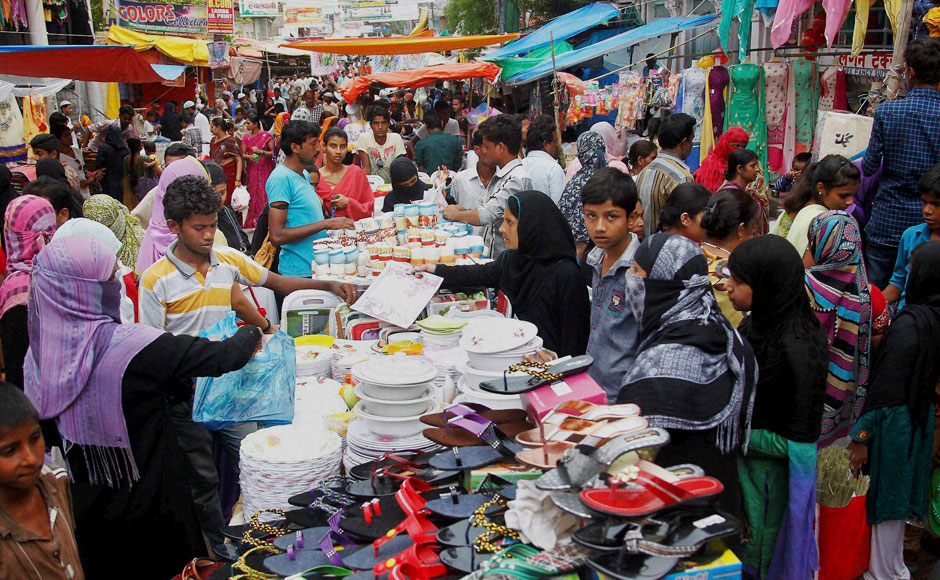New Delhi: Indian market is flooded with Chinese product, from small products to bigger one every new product is a Chinese product. The weaker yuan is intensifying a flood of cheap Chinese goods into the country, threatening to hurt India’s struggling factories and tries to gain its biggest bilateral trade deficit.
So authorities should take steps to support domestic companies as well as curb gains in the rupee rather than Chinese currency, said a chief economic adviser at State Bank of India, the nation’s biggest lender and one of its top currency traders.
India must “reduce dependence on such frivolous Chinese imports,” Ghosh said. Failing to do so would erode competitiveness at Indian companies and put at risk Prime Minister Narendra Modi’s flagship ‘Make in India’ campaign, he said.
The comments follow years of U.S. threats to brand China a currency manipulator and come as Indian and Chinese soldiers face off in a remote area of the Himalayas. The risks to India’s economy are more pronounced as a new national sales tax disrupts supply chains.
Factory output contracted in June for the first time in four years official data show, mirroring subdued private surveys. That stands to only burnish the appeal of inexpensive Chinese imports.
India mainly ships electronic products, engineering goods and chemicals from China, its biggest trading partner, with whom its trade deficit has ballooned nine-fold over the past decade to $49 billion in 2016. This figure was about $51 billion for the fiscal year through March 31, on imports of $61.3 billion.
India’s central bank does not comment on day-to-day currency fluctuations and doesn’t target a particular exchange rate for the rupee. But it has been intervening in the currency market to curtail the rupee’s gains, traders say.
The rupee has strengthened 6 percent versus the U.S. dollar this year, while the yuan has gained 4 percent. China’s currency has weakened some 2 percent against the rupee, extending last year’s 4 percent decline, the steepest fall among 10 major Asian currencies.
These rupee gains could trigger expectations of further appreciation, lulling importers into leaving their currency exposures unhedged, Ghosh warned. At least 40 percent of current portfolios aren’t protected against exchange-rate swings, according to State Bank of India projections.
“If this trend of rupee appreciation continues, thereby making goods from China cheaper, our imports from China could very well exceed the level of $61.3 billion attained in financial year to March 2017,” Ghosh said.










